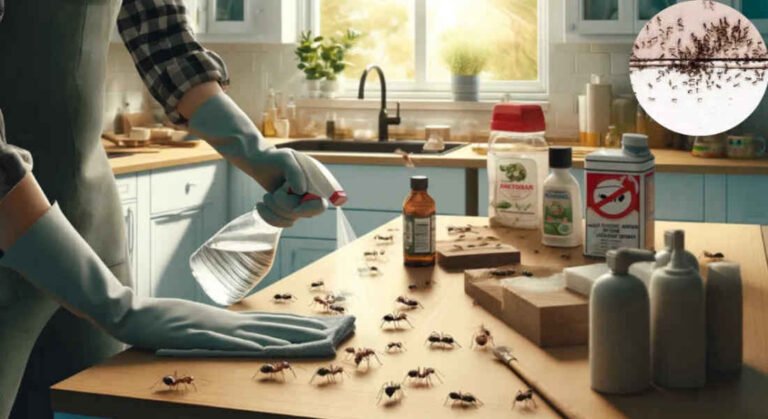If you’ve ever asked yourself, “How do I get rid of tiny ants in the house kitchen?”, you’re not alone. Tiny ants invading kitchens is a common household problem. These pesky insects not only create a nuisance but can also contaminate food and signal unsanitary conditions in your home.
Understanding the Ant Infestation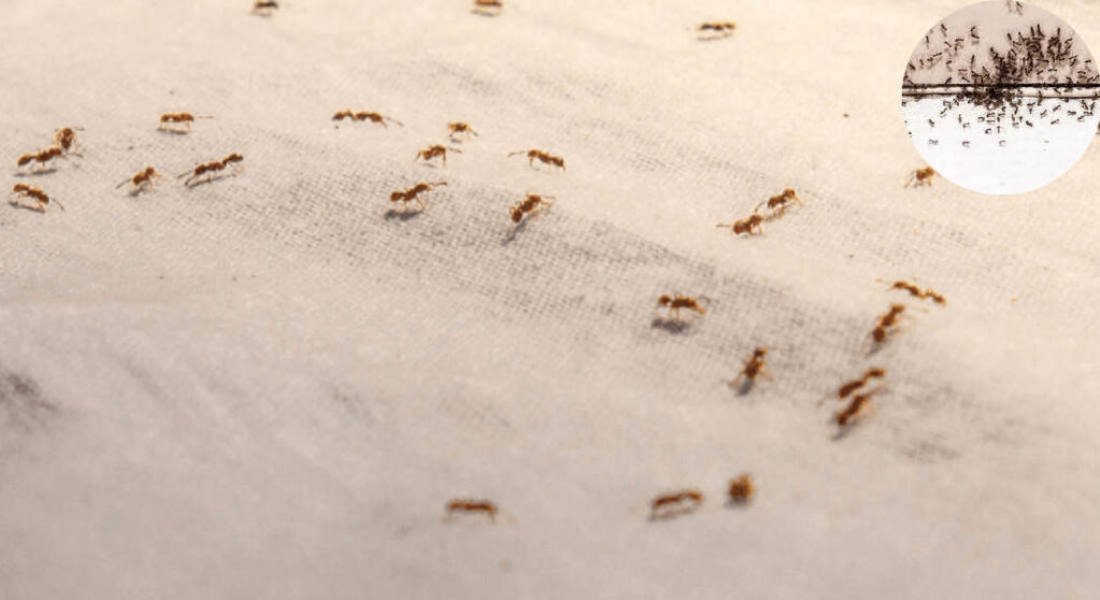
Before jumping into solutions, it’s important to understand the root of the problem. Knowing the type of ants you’re dealing with and why they’re attracted to your kitchen will help you develop an effective plan to remove them.
Identifying the Type of Ant
Not all ants are created equal. Different species require different treatment methods. By identifying the type of ants in your kitchen, you can target them more effectively. Some of the most common tiny ants found in homes include:
Common Types of Tiny Ants in Homes
- Odorous House Ants: These ants release a strong, unpleasant smell when crushed. They’re attracted to sugary foods and love to invade kitchens.
- Pavement Ants: As their name suggests, these ants often nest in cracks in the pavement but may enter homes in search of food.
- Pharaoh Ants: Small and yellowish, these ants are particularly tricky to eliminate because their colonies can split and multiply when threatened.
What Attracts Ants to Your Kitchen?
Wondering why ants have chosen your kitchen as their new home? Here’s the simple answer: food, water, and shelter.
- Food Sources: Ants love sugary, greasy, and protein-rich foods. Even small crumbs or spills can attract them.
- Water: Leaky pipes, damp areas, and standing water are like magnets for ants, especially during dry seasons.
- Shelter: Ants enter homes through cracks and small openings to escape harsh weather conditions or predators.
Identifying Ant Entry Points and Trails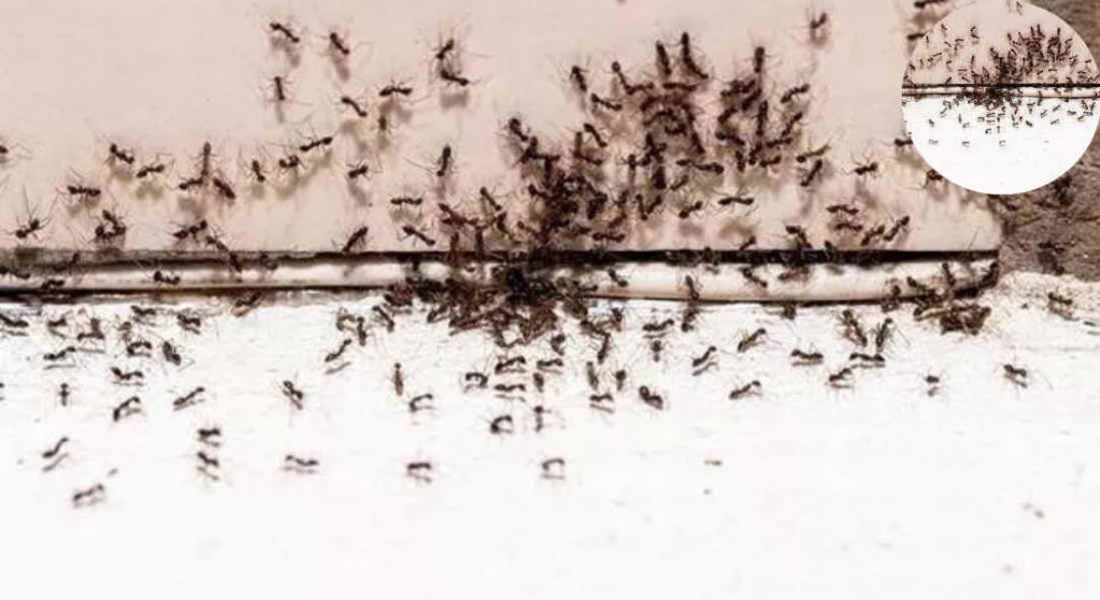
To effectively get rid of ants, you must locate where they are coming from and where they are going.
Locating Common Entry Points
Ants are masters at finding their way into homes. Here are the most common entry points to inspect:
- Cracks and Gaps: Look for cracks in walls, windows, and doors. Sealing these can prevent ants from sneaking in.
- Pipes and Wiring: Check where pipes and wiring enter your home. Even the smallest gaps can serve as entry points.
- Windows and Doors: Ensure your windows and doors are properly sealed. Use weather stripping if needed.
Following Ant Trails to Find the Nest
Ants leave behind pheromone trails to guide their colony to food sources. By following these trails, you can trace them back to their nest. Eliminating the nest is key to stopping the infestation at its source.
Immediate Steps to Get Rid of Ants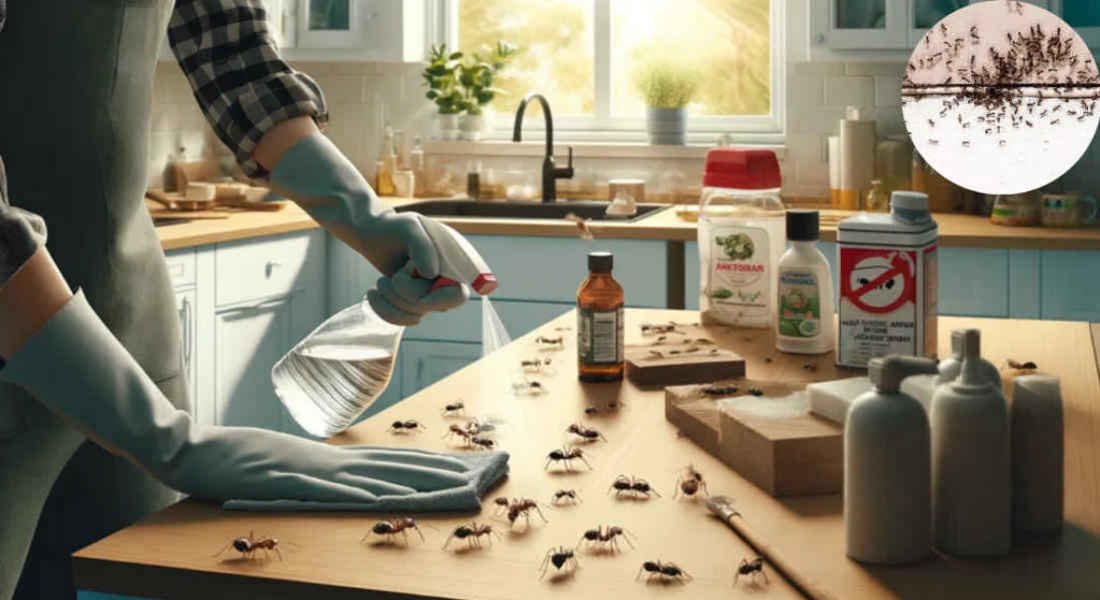
Once you’ve located entry points and trails, take immediate action to eliminate the ants already in your home.
You may also read (how to efficiently replace kitchen drawers at home).
Wiping Away Ant Trails
Ant trails act as a GPS for other ants. Use a solution of equal parts vinegar and water to wipe away these trails. Vinegar disrupts the pheromones, making it harder for ants to find their way back.
Removing Food Sources
- Clean Surfaces: Regularly clean kitchen counters and floors to remove crumbs and food residues.
- Store Food Properly: Use airtight containers to store food, especially sugary and greasy items.
- Dispose of Trash: Take out the trash frequently and clean garbage bins to eliminate odors that attract ants.
Natural Ant Removal Methods
If you prefer chemical-free solutions, there are plenty of natural remedies to try. These are not only effective but also safe for households with kids and pets.
Vinegar Solution
Mix equal parts white vinegar and water in a spray bottle. Spray it on surfaces where ants are present and wipe it off. Vinegar not only kills ants but also repels new ones by masking their pheromone trails.
Lemon Juice
Similar to vinegar, lemon juice is acidic and disrupts the ants’ navigation system. Mix fresh lemon juice with water and spray it on ant trails and entry points.
Essential Oils
Certain essential oils, such as peppermint, tea tree, and eucalyptus, are natural ant repellents. Mix 20-30 drops of essential oil with 2 cups of water in a spray bottle, then spray it around ant-prone areas.
Diatomaceous Earth
Diatomaceous earth is a natural powder that kills ants by dehydrating them. Sprinkle it around windowsills, door thresholds, and other entry points. Make sure to use food-grade diatomaceous earth to ensure safety.
Coffee Grounds and Spices
- Coffee Grounds: Sprinkle used coffee grounds near ant trails and entry points. Ants dislike the smell and texture.
- Cinnamon and Pepper: Both cinnamon powder and black or cayenne pepper can act as natural ant deterrents. Sprinkle them around baseboards and behind appliances.
DIY Ant Baits and Traps
Homemade ant baits are a cost-effective way to eliminate ants and their colonies.
Borax and Sugar Bait
Mix 1 cup of warm water, 6 teaspoons of sugar, and 1 teaspoon of borax to create a syrupy solution. Soak cotton balls in the mixture and place them near ant trails. The sugar attracts the ants, while the borax kills them.
Boric Acid Bait
Combine 1 cup of warm water, 6 teaspoons of sugar, and ½ teaspoon of boric acid. This bait works similarly to borax but should be handled carefully, as boric acid is toxic.
Baking Soda Paste
Create a paste using 2 tablespoons of baking soda and 1-2 tablespoons of water. Apply it to surfaces where ants are active. Baking soda disrupts their digestive system, killing them.
Commercial Ant Control Products
If natural remedies don’t work, you can turn to commercial products for a more aggressive approach.
Product TypeHow It Works
Ant Baits Ants carry the bait back to their nest, killing the colony.
Ant Sprays Kills ants on contact and can be used on trails and entry points.
Insecticides are Stronger chemical solutions that can eliminate large infestations.
Sealing and Preventing Future Infestations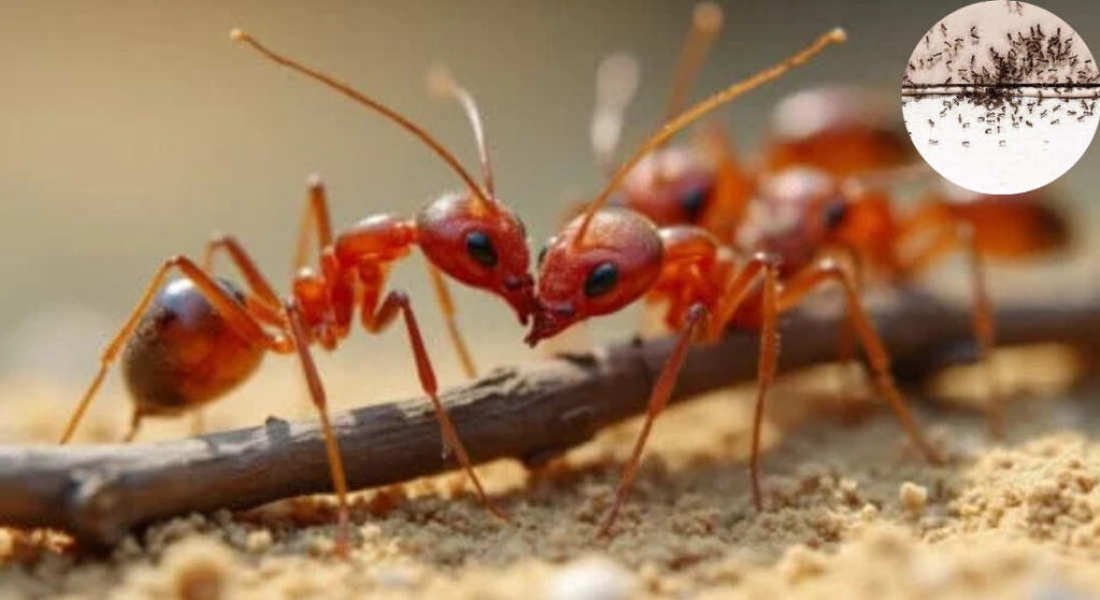
Once you’ve removed the ants, it’s crucial to prevent them from returning.
Sealing Cracks and Crevices
Seal any cracks and openings in walls, windows, and doors with caulk to block potential entry points.
Improving Kitchen Hygiene
- Regular Cleaning: Wipe down surfaces daily and sweep floors to remove crumbs.
- Proper Food Storage: Keep food in airtight containers to avoid attracting ants.
- Moisture Control: Fix leaky pipes and wipe down wet surfaces to reduce water sources.
Maintaining Outdoor Areas
Keep the exterior of your home clean and free of debris. Trim plants and remove standing water near your home, as these can attract ants.
When to Call a Professional
If your efforts haven’t worked, or if the infestation seems too large to handle, it may be time to call in a pest control professional.
- Signs of a Large Infestation: Persistent ant trails or large numbers of ants may indicate a significant problem.
- Difficulty Identifying Ant Species: A professional can identify the species and recommend the best treatment.
- Persistent Problems: If DIY methods fail, a professional can implement advanced techniques to eliminate the ants.
You may also read (extreme home makeover).
